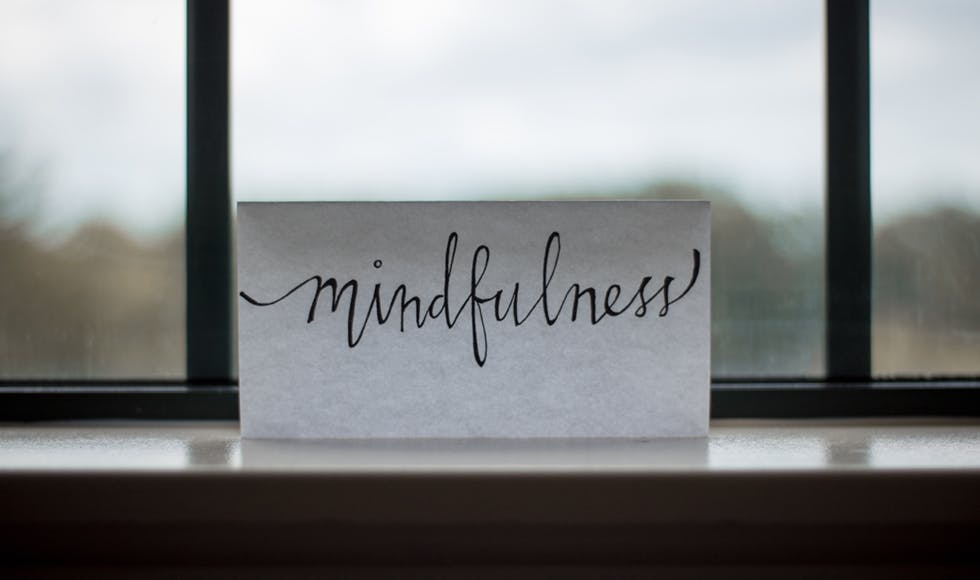Photo by Haley Phelps on Unsplash
Surge capacity
You’ve definitely felt it. That charge you get when you’re already going full throttle but a crisis asks you to go even harder – and somehow you do.
It happens when your venue floods two days before your wedding and you’ve got to pivot the reception quick, or when someone in the fam falls ill and caregiving becomes a new top priority. Work is a major trigger – freelancers juggling gigs, start-ups facing ups and downs… anyone whose plate keeps getting fuller and fuller knows how it feels.
It’s exhilarating at first – that’s
the cortisol and adrenalin catapulting you through stress and exhaustion. It’s like you’re in intense-mode autopilot.
That’s because you’ve tapped into your surge capacity.
Coined in 2020, surge capacity is a term to describe a set of adaptive systems that already-busy bodies and minds can rely on like a backup power source to push through
periods of acute stress. Surge capacity for MVP!
But there’s a catch. Surge capacity is designed for humans to survive fast-passing threats, like earthquakes. In other words, it’s in short supply. Hit it too hard or too often and you end up in a place beyond burnout.
Time to bring back your bounce
4 ways to recover from surge capacity burnout
1. Cancel hustle culture
High achievers and entrepreneurs, we’re talking to you. Capable ‘doers’ are extra-susceptible to over-accessing surge capacity – the more you do, the more others expect and you demand of yourself.
The cults of productivity and eight-days-a-week hustle are everywhere on social – but it’s time to unfollow.
Tapping out of work, play or even a dinner with mates to self-care is a worthy goal. Grind is not glamorous (speaking of,
should you be dialling down the coffee too?).






